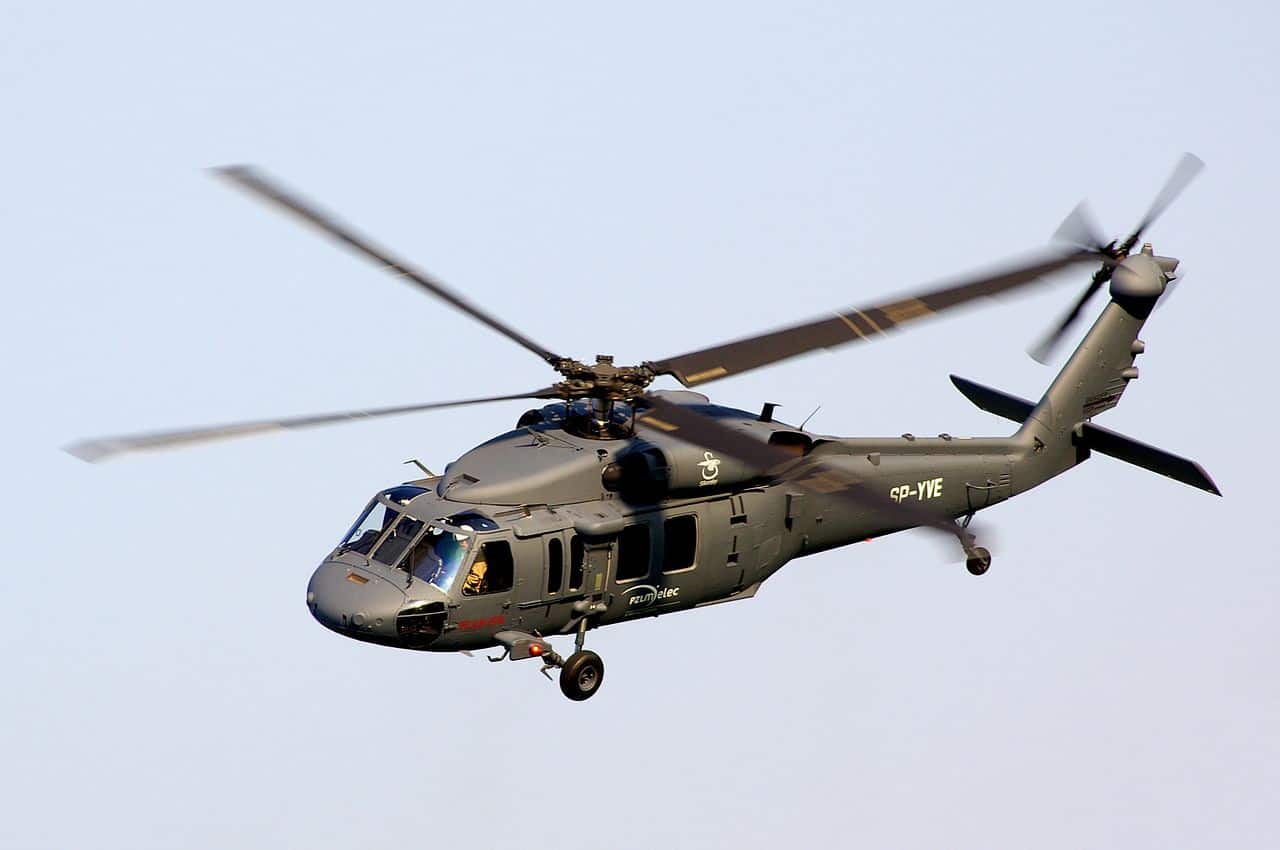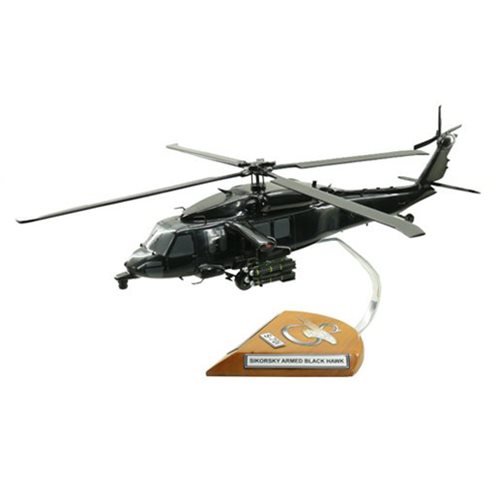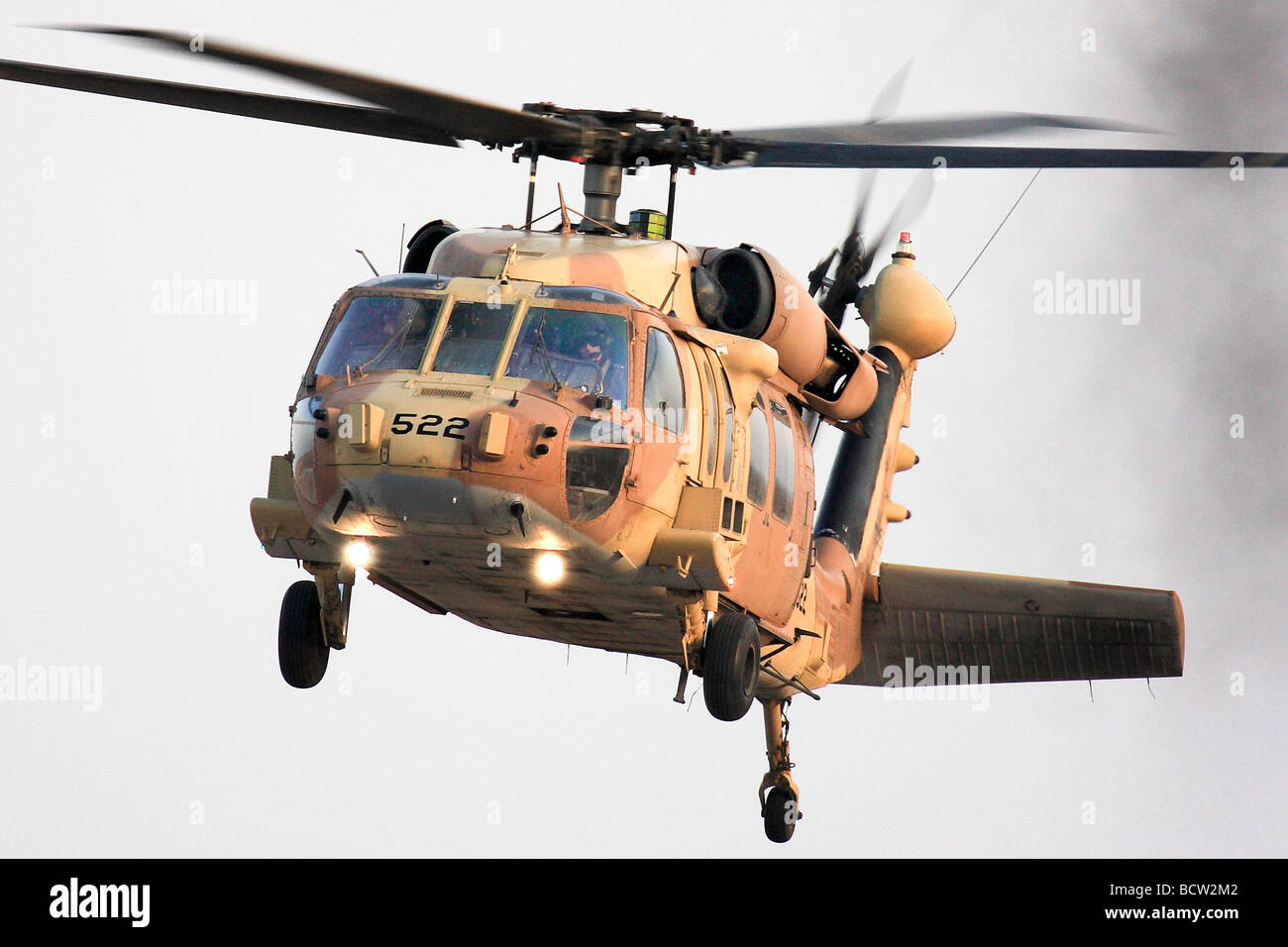Why the Sikorsky S 70 is the Preferred Option for Modern Helicopter Missions
Why the Sikorsky S 70 is the Preferred Option for Modern Helicopter Missions
Blog Article
High-Performance Multi-Role Rotorcraft Featuring Advanced Cockpit Technologies and Integrated Sensor Systems
The realm of rotorcraft technology has actually seen noteworthy improvements in current times, particularly in the realm of high-performance multi-role rotorcraft furnished with cutting-edge cabin innovations and seamlessly incorporated sensing unit systems. In the adhering to discussion, we will explore the advancement of rotorcraft innovation, dig into the realm of advanced cabin innovations, and examine the implications of incorporated sensor systems on the functional convenience and effectiveness of modern-day rotorcraft.
Advancement of Rotorcraft Modern Technology
The evolution of rotorcraft technology has been noted by substantial advancements in the rules of aerodynamics, products, and propulsion systems, shaping the capacities and performance of contemporary rotorcraft. Aerodynamic enhancements have improved the efficiency and maneuverability of rotorcraft, permitting enhanced rate, agility, and stability throughout flight (sikorsky s 70). Developments in materials, such as the use of composite products and progressed alloys, have actually led to lighter yet more powerful rotorcraft structures, enhancing general efficiency and resilience. In addition, advancements in propulsion systems, including extra powerful engines and ingenious propulsion technologies, have enabled rotorcraft to attain higher altitudes, faster speeds, and greater hauls.
These improvements have not just transformed the capacities of rotorcraft yet have actually additionally expanded their applications across numerous sectors, including military, business, and emergency solutions. The constant advancement of rotorcraft modern technology continues to drive advancement in the area, pushing the borders of what is feasible and forming the future of vertical flight.
Advanced Cabin Innovations
Building upon the fundamental innovations in the rules of aerodynamics, products, and propulsion systems, the realm of rotorcraft modern technology currently moves focus towards pioneering Advanced Cabin Innovations. The integration of cutting-edge modern technologies within the cockpit setting plays a crucial role in enhancing the operational capacities, safety, and effectiveness of modern rotorcraft. sikorsky s 70. Advanced Cockpit Innovations encompass a large range of attributes made to provide pilots with improved situational understanding, structured data monitoring, and user-friendly control interfaces
Among the key innovations in cabin style is the execution of glass cockpits, which replace traditional analog gauges with high-resolution displays. These digital systems use adjustable designs, real-time data integration, and enhanced readability, allowing pilots to accessibility essential details at a look. In addition, advanced avionics systems, such as fly-by-wire controls and increased truth screens, are reinventing exactly how pilots communicate with the airplane, enabling exact control and enhanced decision-making capabilities.


Integrating sophisticated cockpit advancements not just improves pilot efficiency yet likewise adds to general objective efficiency and safety and security in complicated operational environments. By leveraging modern technologies within the cabin, rotorcraft producers are establishing brand-new criteria for operational quality and mission success.
Integrated Sensor Solutions
With the advancement of rotorcraft innovation, the integration of sophisticated Integrated Sensing unit Systems has come to be critical in improving functional effectiveness and safety. These Integrated Sensing unit Solutions include a broad range of innovations that offer important data for various functions such as navigating, monitoring, targeting, and ecological monitoring. By effortlessly incorporating sensors like radars, video cameras, lidar, and infrared systems into rotorcraft, operators can take advantage of improved situational recognition, improved mission capacities, and lowered pilot work.
One trick advantage of Integrated Sensing unit Systems is their capacity to collect real-time information and give actionable insights to pilots and goal operators. As an example, advanced radar systems can spot and track targets over fars away, permitting early risk detection and effective reaction preparation. In addition, integrating electro-optical and infrared cams enables rotorcraft to perform reconnaissance and security goals with precision and precision.
In significance, the integration of sophisticated sensing unit innovations right into rotorcraft not just improves operational effectiveness but likewise contributes dramatically to general goal success and crew safety and security. As rotorcraft remain to develop, the duty of Integrated Sensing unit Equipment will unquestionably continue to be at the leading edge of advancement in the aerospace sector.
Operational Adaptability and Performance
Enhancing operational versatility and effectiveness in rotorcraft is an all-natural progression from the combination of advanced Integrated Sensing unit Equipments. By leveraging the data and understandings provided by these sophisticated sensing unit systems, rotorcraft can enhance their performance throughout various goals and environments.
Functional adaptability includes the capacity of rotorcraft to adjust to various roles and circumstances successfully. With advanced cabin modern technologies and incorporated sensing unit systems, rotorcraft can seamlessly transition in between jobs such as search and rescue, medical discharge, surveillance, and more. This convenience boosts the rotorcraft's capacity to satisfy varied functional requirements without requiring extensive reconfiguration.
Performance in rotorcraft procedures is essential for optimizing objective effectiveness and resource utilization. Integrated sensor systems play a crucial duty in boosting operational effectiveness by supplying real-time information on climate condition, terrain mapping, target monitoring, and extra. This data makes it possible for pilots to make enlightened decisions quickly, optimize trip paths, conserve gas, and improve overall mission performance.
Impact on Modern Aviation Operations

Moreover, the integration of sophisticated sensors helps with enhanced goal planning and implementation, allowing rotorcraft to perform a vast array of jobs with boosted accuracy. From search and rescue operations to airborne firefighting and legislation enforcement objectives, the capabilities of contemporary rotorcraft geared up with sophisticated cockpit innovations and integrated sensing unit systems are unmatched.
Moreover, the impact of these developments prolongs beyond functional efficiency to cost-effectiveness and sustainability. By enhancing flight routes, gas intake, and maintenance timetables, high-performance rotorcraft outfitted with innovative cockpit modern technologies and sensors add to lowering functional costs and environmental influence, making them important possessions in modern-day aeronautics procedures.
Verdict
To conclude, the high-performance multi-role rotorcraft with advanced cabin innovations and incorporated sensor systems stands for a significant development in aeronautics innovation. These innovations enhance functional flexibility and performance, inevitably influencing modern-day air travel procedures in a favorable method. The combination of these sophisticated innovations enables enhanced abilities and performance in different mission situations, showcasing the continued advancement of rotorcraft innovation in the air travel industry.
The world of rotorcraft technology has seen notable improvements in current times, especially in the world of high-performance multi-role rotorcraft outfitted with innovative cockpit innovations and flawlessly integrated sensor systems. From enhanced mission convenience to enhanced operational efficiency, the convergence of advanced cockpit innovations and incorporated sensing unit systems has ushered in a brand-new age of possibilities for rotorcraft applications. In the following conversation, we will certainly check out the evolution of rotorcraft modern technology, dive right into the realm of advanced cabin developments, and examine the ramifications page of incorporated sensing unit systems on the functional adaptability and effectiveness of contemporary rotorcraft.

Report this page